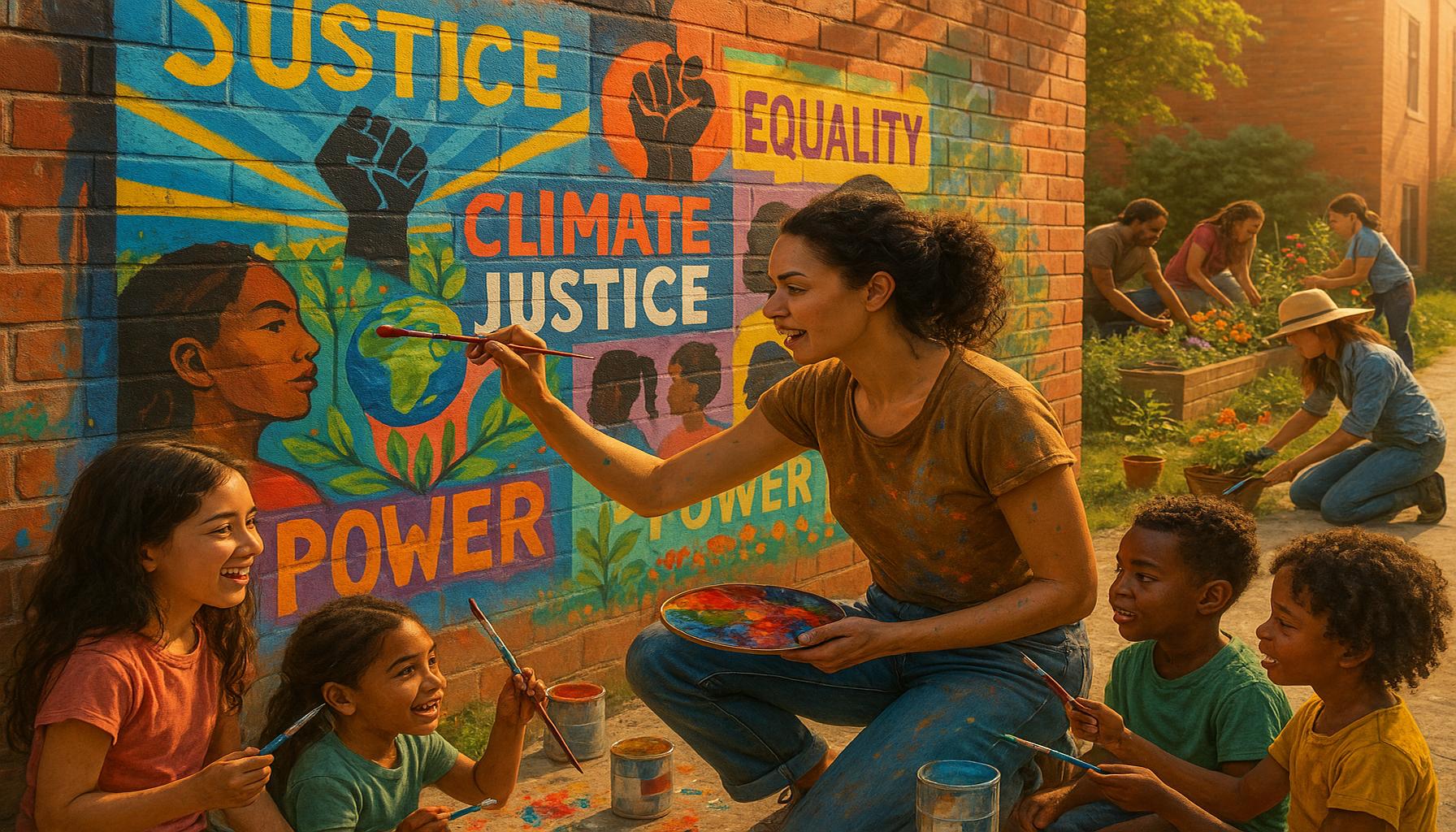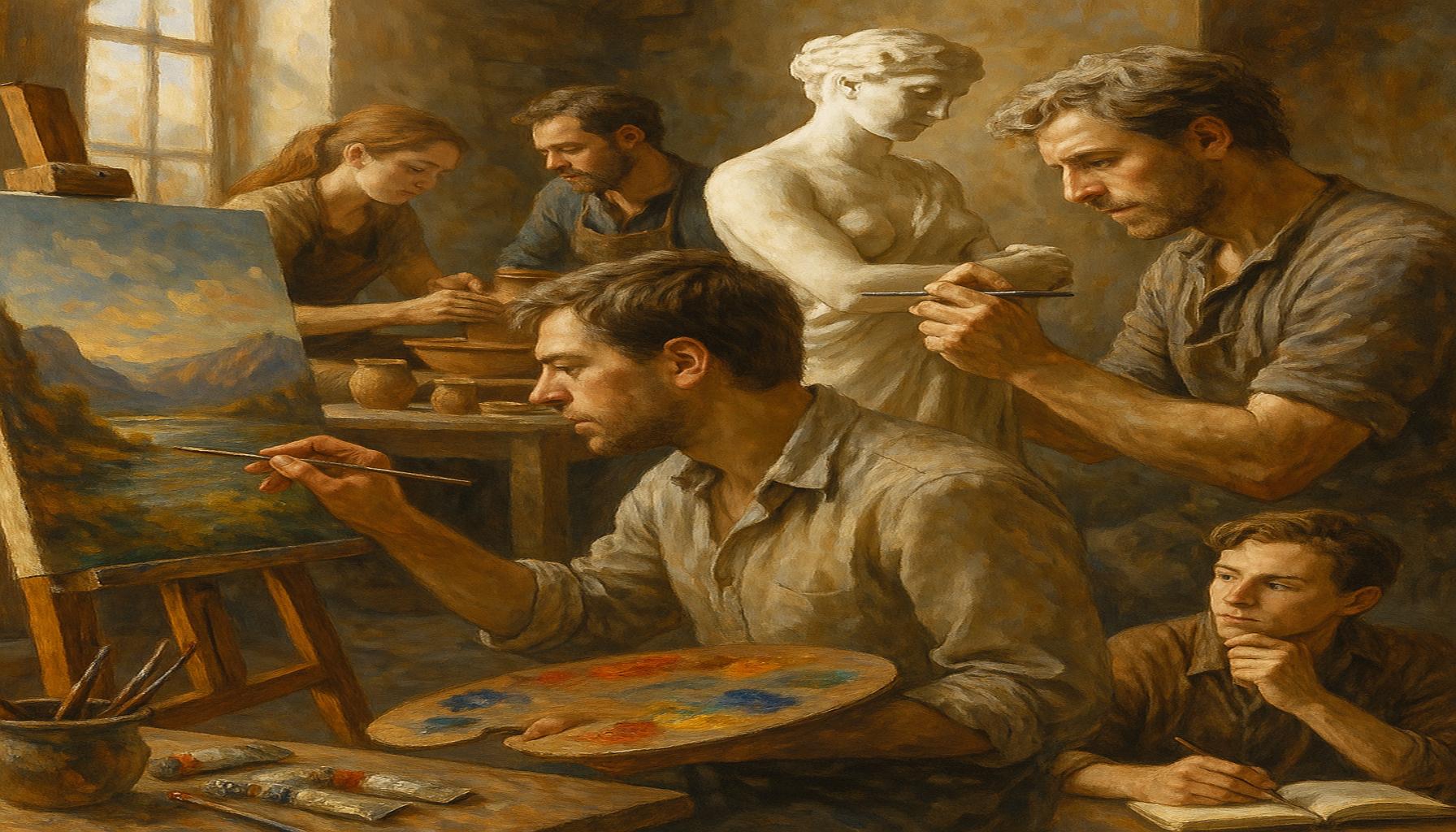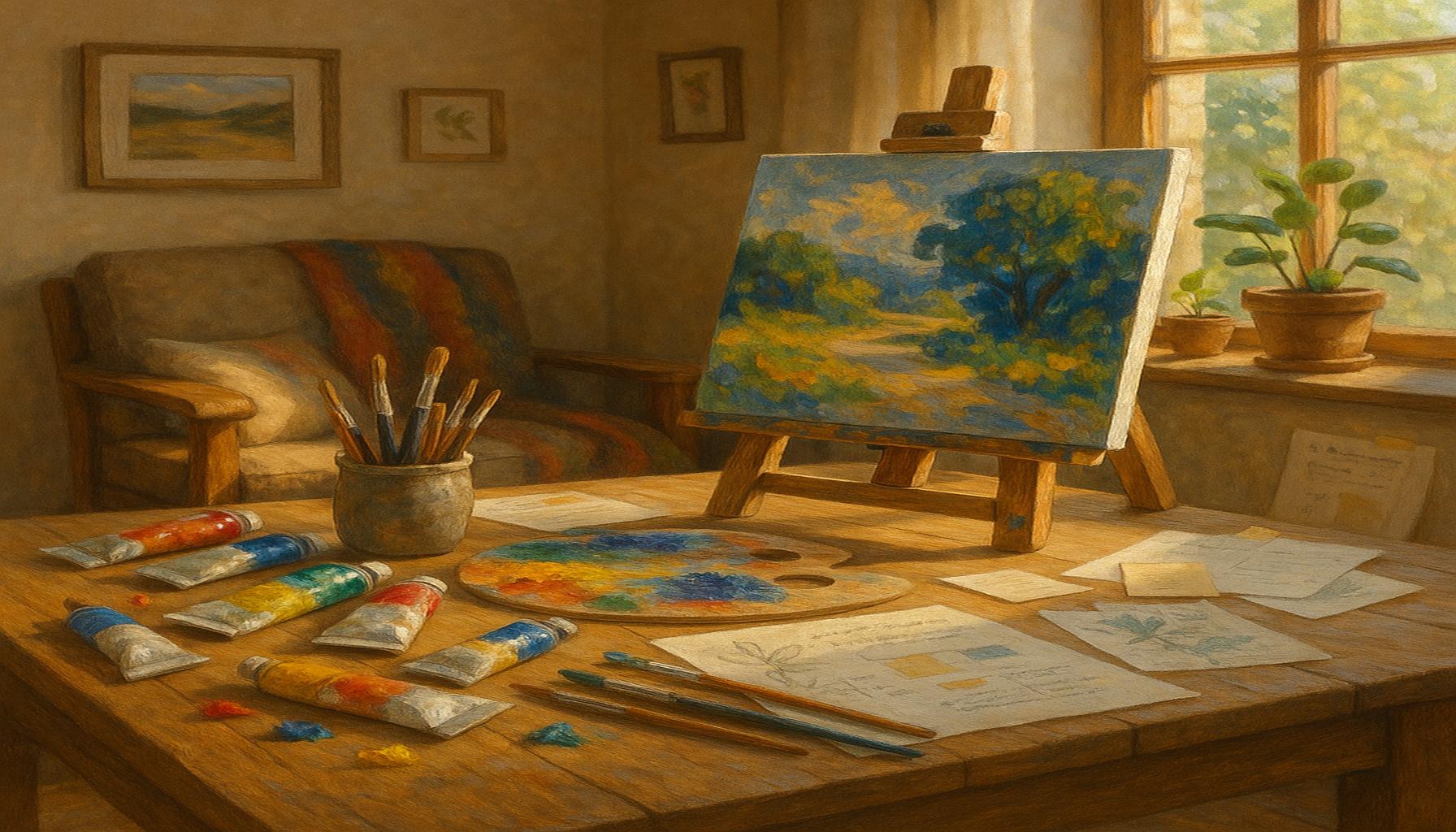Exploring the Intersection of Art and Science: How Creative Hobbies Inspire Innovations and Discoveries
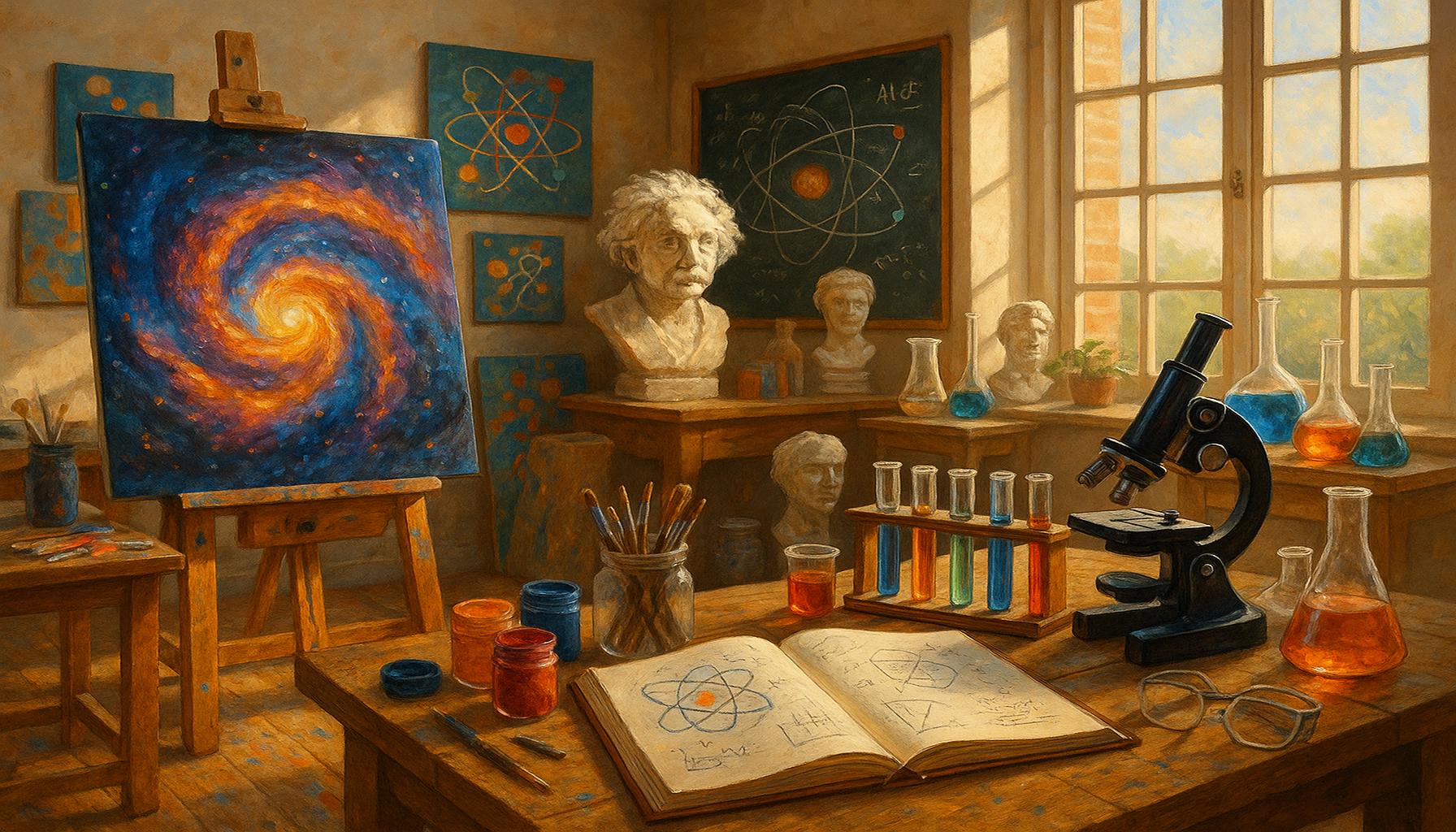
Exploring the Interplay Between Art and Science
The worlds of art and science may seem disparate at first glance, yet they frequently converge in unexpected and fascinating ways. Creative hobbies often serve as a conduit for innovation, fostering new ideas and solutions that transcend traditional boundaries. This intersection not only sparks inspiration but also drives significant discoveries that enhance our understanding of both fields. The synergy between these disciplines transforms how we view our world and the potential solutions to problems we face.
Take, for instance, the concept of biomimicry. This approach involves studying the designs and processes found in nature and applying them to solve complex engineering challenges. The invention of Velcro is a classic example, where Swiss engineer Georges de Mestral was inspired by the way burrs cling to fur. Modern architecture, too, is influenced by biomimicry; the Eden Project in the UK mimics the natural processes found in tropical rainforests for sustainable living environments. By drawing insights from nature, scientists and engineers develop innovative solutions that are not only efficient but sustainable, illustrating the continuous loop of inspiration between art and science.
Another compelling intersection is seen in art therapy, where creative activities are used to promote mental health. This practice recognizes that the act of creating art can play a significant role in healing. For example, studies have found that engaging in art therapy helps individuals express emotions, reduces anxiety, and improves overall well-being. This form of therapy is used in various settings, including hospitals and rehabilitation centers, illustrating how art serves as a bridge to emotional and psychological health, emphasizing the human aspect of scientific study.
Moreover, the rise of digital art demonstrates the fusion of technology with creativity. Artists now use software to create stunning visual pieces that challenge traditional notions of art. From virtual reality installations that immerse viewers in a digital experience to algorithmic art which relies on code to produce unique, evolving compositions, technology opens new doors for artistic expression. Notable examples include works by digital artist Refik Anadol, who utilizes data sets to bring art to life in ways that engage both the mind and the senses.
Creative pursuits enrich our lives and have profound implications for various scientific disciplines. Art can humanize complex scientific concepts, making them accessible and engaging. For instance, the visualization of data through infographics allows the public to grasp intricate scientific phenomena, inciting curiosity and fostering public engagement with science. Conversely, science enhances artistic practices, providing artists with advanced tools and methodologies, from 3D printing to augmented reality, redefining how art is created and experienced.
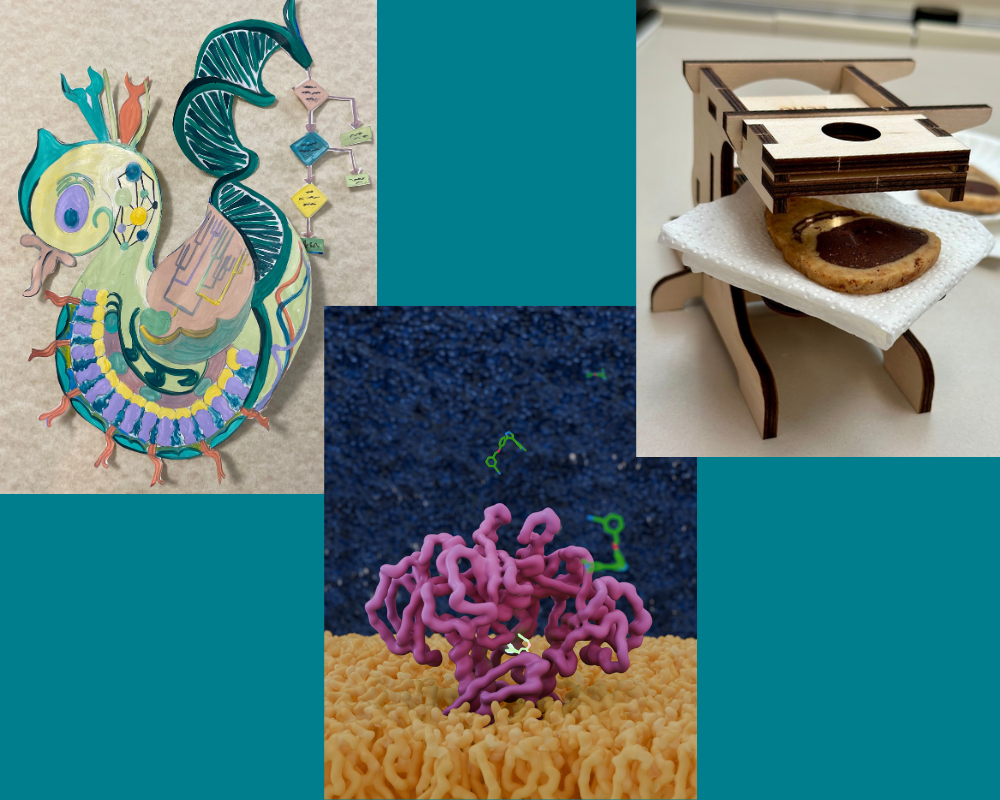
In this article, we will delve into how creative hobbies not only inspire innovations but also facilitate groundbreaking discoveries. By exploring this dynamic relationship between art and science, we can uncover the untapped potential at the crossroads of imagination and inquiry. This duality compels us to rethink our approach to both fields, challenging outdated paradigms and encouraging a holistic view of creativity that embraces diverse forms of expression.
DISCOVER MORE: Click here to learn about musical instruments
Creative Hobbies: The Seedbed of Innovations
As we delve deeper into the realm of creative hobbies, we uncover a treasure trove of innovative ideas and groundbreaking discoveries that emerge at the intersection of art and science. Hobbies such as painting, sculpting, photography, and even coding can offer individuals a unique lens through which to view and engage with the world around them. This engagement not only elicits a sense of personal fulfillment but can also translate into extraordinary advancements in various scientific fields.
Consider the case of renowned physicist and artist Leonardo da Vinci, who famously blended his artistic intuition with scientific inquiry. Da Vinci’s sketches of human anatomy, birds in flight, and even mechanical inventions lay the groundwork for future innovations. His multifaceted approach serves as a historic reminder that creativity is paramount to scientific exploration. Today, the legacy of Da Vinci’s work continues to inspire many modern scientists and artists to embrace their creative sides as they tackle complex challenges.
The connection between creativity and scientific innovation is particularly evident in fields like bionics. Bionics takes inspiration from biological systems to design advanced technologies. A brilliant example of this is the development of artificial limbs that mimic the natural movement of the human arm or leg. By understanding the mechanics of how our bodies move, engineers and designers can create artificial limbs that not only restore functionality but also enhance the user’s overall quality of life. This innovative blend of biology and engineering showcases how artistic vision can lead to practical scientific applications.
Furthermore, many artists are increasingly using their platforms to address scientific issues and raise awareness about crucial topics such as climate change and public health. With platforms like social media readily accessible, artistic expressions range from vivid murals depicting environmental challenges to thought-provoking installations that draw attention to health disparities. This form of activism illustrates how creative hobbies can serve as powerful tools for advocacy, shaping public discourse around scientific matters.
The fusion of art and science can also be seen in the realm of robotics. Artists are collaborating with engineers to create robots that not only perform tasks but are also aesthetically pleasing and engaging. One such project is the work of Caroline Sinders, an artist and machine-learning researcher, who creates robotic installations that encourage conversations about technology, ethics, and the future of human interaction. These collaborations foster a unique environment where artistic exploration catalyzes technological advancement, leading to innovations that might not have been conceived within traditional silos.
In this complex landscape, several factors emerge that highlight the significance of embracing creative hobbies to drive innovation:
- Interdisciplinary Collaboration: Bridging the gap between artists and scientists can lead to innovative solutions that neither field could achieve alone.
- Enhanced Problem-Solving Skills: Engaging in creative hobbies often fosters critical thinking, enabling individuals to approach scientific challenges with fresh perspectives.
- Heightened Public Engagement: Artistic expressions can simplify complex scientific theories, making them more accessible and interesting to the public.
By harnessing the unique strengths of artistic creativity alongside scientific rigor, we can uncover novel ways to solve pressing issues and foster a deeper connection between humanity and the natural world. As we continue to explore the dynamic and rich intersection of art and science, the potential for innovation is boundless, ultimately propelling us forward into new realms of discovery and understanding.
| Category | Details |
|---|---|
| Interdisciplinary Collaboration | Creative hobbies often lead to partnerships between artists and scientists, fostering new methodologies and ideas. |
| Innovation through Creativity | Artistic practices inspire scientific exploration, offering unconventional problem-solving approaches and pushing boundaries in both fields. |
The melding of art and science offers a rich tapestry for innovation. Take the realm of **interdisciplinary collaboration**, where artists and scientists join forces to explore complex issues and create groundbreaking work. For example, projects involving biodesign, where artists use biological materials, can lead to discoveries that benefit both ecological and aesthetic outcomes. Such partnerships often result in methods that neither discipline could achieve alone, encouraging a dialogue that sparks **creativity and innovation**.Moreover, engaging in art as a hobby can significantly influence **innovation through creative thinking**. When individuals approach scientific problems with an artistic mindset, they break free from traditional constraints. This **cross-pollination of ideas** can yield imaginative solutions to complex issues, fostering progress in industries such as technology and medicine. In essence, the creative process nurtures a state of mind that welcomes experimentation and embraces failure as part of the **discovery journey**. Writers, makers, and dreamers not only inspire each other; they also plant the seeds for the innovations of tomorrow.
DIVE DEEPER: Click here to uncover the connection between music and creativity
Art-Driven Scientific Advances in Health and Technology
The intersection of art and science isn’t merely theoretical; it has profound implications in sectors like health and technology. One of the most compelling examples can be found in the field of medicine, where artistic skills are increasingly being incorporated into medical training. For instance, medical students are now engaging in drawing and sculpture to refine their observation skills and improve their anatomical knowledge. This practice enhances their ability to diagnose and treat patients, as a nuanced understanding of human form translates into better clinical outcomes.
Pioneering programs like the Art of Medicine initiative lead workshops where budding physicians draw anatomy from real-life models, blending creativity and technical skills. Research indicates that honing artistic abilities can significantly boost a surgeon’s dexterity, as the precision required in art mirrors that needed in complex surgical procedures. This integration not only promotes artistic expression but also bridges the gap between technical understanding and compassionate care, creating well-rounded healthcare practitioners.
Additionally, the realm of virtual reality (VR) is witnessing a harmonious blend of artistic design and scientific exploration. Artists and developers collaborate to create VR experiences that not only entertain but also educate. One noteworthy project is Half Life: Alyx, a VR game that evokes intense emotional responses while simultaneously providing players with an immersive understanding of the physics and mechanics of their virtual environment. The engagement fostered through such experiences can lead to stimulation of cognitive faculties and has implications for therapeutic applications, including treatment for PTSD and phobias.
Furthermore, artworks like scientific data visualization are helping communicate complex concepts in a digestible manner. Data artists and bioinformaticians collaborate to create stunning visual representations of complicated datasets, making it easier for both the public and professionals to grasp significant scientific findings. For instance, the visual stories derived from genetic data or climate change statistics can initiate important conversations and propel policy changes based on clearer understanding.
Moreover, the concept of bioart, where artists work with living tissues, microorganisms, and genetic material, results in thought-provoking pieces that explore the ethics and possibilities of biotechnology. Artists like Heather Dewey-Hagborg, who creates sculptures using DNA extracted from chewing gum, ignite discussions about privacy and the implications of genetic information. These provocative intersections of art and science compel audiences to contemplate critical issues, intertwining public engagement with scientific discourse.
Fostering Innovation Through Educational Initiatives
Highlighting the significance of integrating creative hobbies with scientific curriculum, many educational institutions are developing programs that emphasize STEAM (Science, Technology, Engineering, Arts, and Mathematics). Schools are assessing the value of arts in cultivating creativity and innovation, recognizing its importance not just in traditional art disciplines but across all fields of study. By encouraging students to think creatively and embrace artistic practices, educators are nurturing future generations capable of approaching complex challenges with ingenuity.
Incorporating creativity in science curricula is proving effective; studies show that students involved in artistic projects exhibit deeper engagement and improved performance in scientific disciplines. Such educational practices promote critical thinking and collaboration, equipping young minds with diverse skill sets that enhance problem-solving capabilities.
As we observe these intersections of art and science unfold, it becomes increasingly clear that the potential for innovation driven by creative hobbies is vast. From healthcare advancements to cutting-edge technology, the collaborative spirit fuelled by art can lead us to discover untapped possibilities that redefine our understanding of both art and science.
DIVE DEEPER: Click here to discover the DIY revolution
Conclusion: The Transformative Power of Art and Science Collaboration
The fusion of art and science presents an extraordinary landscape where creativity not only coexists but actively enhances scientific inquiry and technological advances. As illustrated throughout this exploration, innovative programs that incorporate artistic practices into scientific disciplines are yielding remarkable benefits in various sectors, including healthcare and technology. These synergies enable a more nuanced approach to problem-solving, fostering a culture of creativity that is essential for future breakthroughs.
The potential of creative hobbies to inspire innovations is significant—educational initiatives like the STEAM movement emphasize this interdisciplinary approach, advocating for a curriculum that values artistic expression alongside scientific rigor. By doing so, we empower students to think divergently, preparing them to tackle the multifaceted challenges of tomorrow’s world.
Moreover, as artists and scientists continue to collaborate, they not only push the boundaries of their respective fields but also spark critical dialogues about ethical implications and societal impact. From the impact of bioart on public perception of genetic technology to the immersive learning experiences offered by virtual reality, these intersections challenge us to rethink established narratives and explore new paradigms of understanding.
In conclusion, the exploration of the interplay between art and science serves as a reminder that innovation is often born at the crossroads of seemingly disparate fields. Embracing this creative spirit not only enriches our intellectual pursuits but also ensures that we remain open to discovery—propelling society toward a more enlightened and inventive future.
